Here’s Why Pilot Training Needs To Change

Year after year, the National Transportation Safety Board and FAA nag pilots about accidents caused by “loss of control – in flight,” which usually means a stall. The topic is well covered in training too. Dozens of questions on the subject appear on the knowledge test, and stalls are performed on the practical test and are part of any decent flight review. And yet while accidents caused by weather and controlled flight into terrain are declining, stalls remain one of the leading causes of fatal accidents in general aviation. Clearly, something is not working.
The AOPA Air Safety Institute tried to remove the emotion from this subject last year by diving more deeply into the data about stall accidents. The result is a well-researched study that reaches some sensible conclusions. Most important, it is a reminder that there are no miracle cures for aviation safety.
The study should serve as a polite but firm rebuttal to two common arguments in aviation: that safety problems can be solved by adding new avionics or by going back to “the way it used to be.” Technology optimists, including the FAA, have suggested that angle-of-attack indicators are the solution, and some regulations have been adjusted to make them easier to install. On the other hand, the stick-and-rudder crowd loudly proclaims that a return to spin training (which hasn’t been required for private pilots in more than 60 years) would help.
While neither idea is necessarily bad, AOPA’s report doesn’t turn up much evidence that technology or spin training will reduce stall accidents. A pilot has to be looking at an AOA gauge for it to help, and in any case, few airplane owners are shelling out the money to install them. As far as spin or upset training, most fatal stall accidents happen below 500 feet, where no amount of training will lead to a successful outcome.
Diese Geschichte stammt aus der June 2018-Ausgabe von Flying.
Starten Sie Ihre 7-tägige kostenlose Testversion von Magzter GOLD, um auf Tausende kuratierte Premium-Storys sowie über 8.000 Zeitschriften und Zeitungen zuzugreifen.
Bereits Abonnent ? Anmelden
Diese Geschichte stammt aus der June 2018-Ausgabe von Flying.
Starten Sie Ihre 7-tägige kostenlose Testversion von Magzter GOLD, um auf Tausende kuratierte Premium-Storys sowie über 8.000 Zeitschriften und Zeitungen zuzugreifen.
Bereits Abonnent? Anmelden
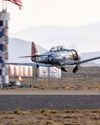
The Temple of Speed
Reno entices even this altitude-oriented pilot.

Flat Sixes
Fanatical artisans
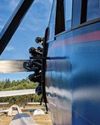
Blue over Green, Tent in Between
I’m old , I’m cranky. Why do I keep air-camping?
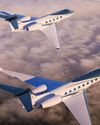
Gulfstream Reveals G400, G800
The product lineup gains large-cabin and ultralong-range mounts.
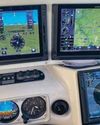
Every Airplane Requires a Checkout
Embrace the challenge of mastering a new machine.
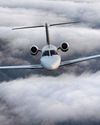
Fuhggedaboutit
Fifty-plus years of f lying forgetfulness

THE MAULE FAMILY APPROACHABLE AIRCRAFT
Choose your mount —the Maules do it all.

Sisters
“ Women certainly have the courage and tenacity required for long flights.” —Mildred Doran
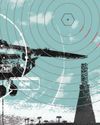
INSIDE OUT OR OUTSIDE IN?
What kind of pilot should you be?
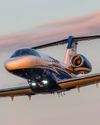
WE FLY: CESSNA CITATION CJ4 GEN2
THE FLAGSHIP CJ JUST GOT A WHOLE LOT BETTER.